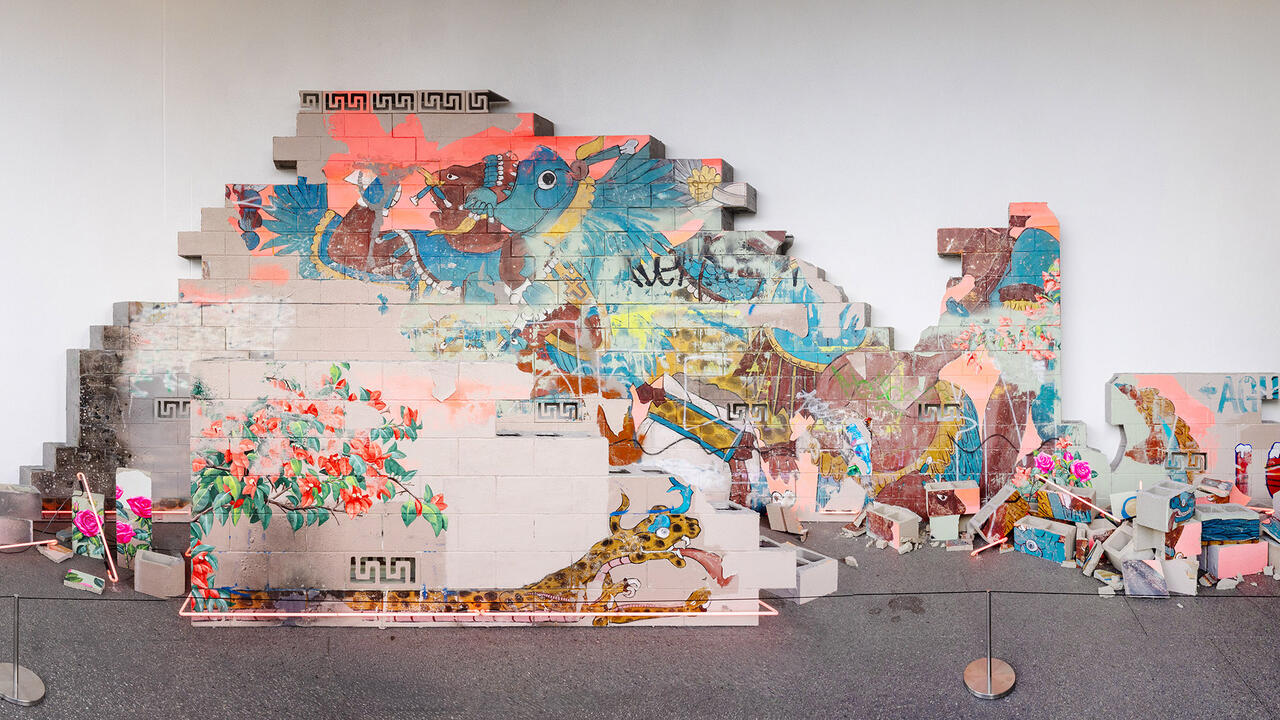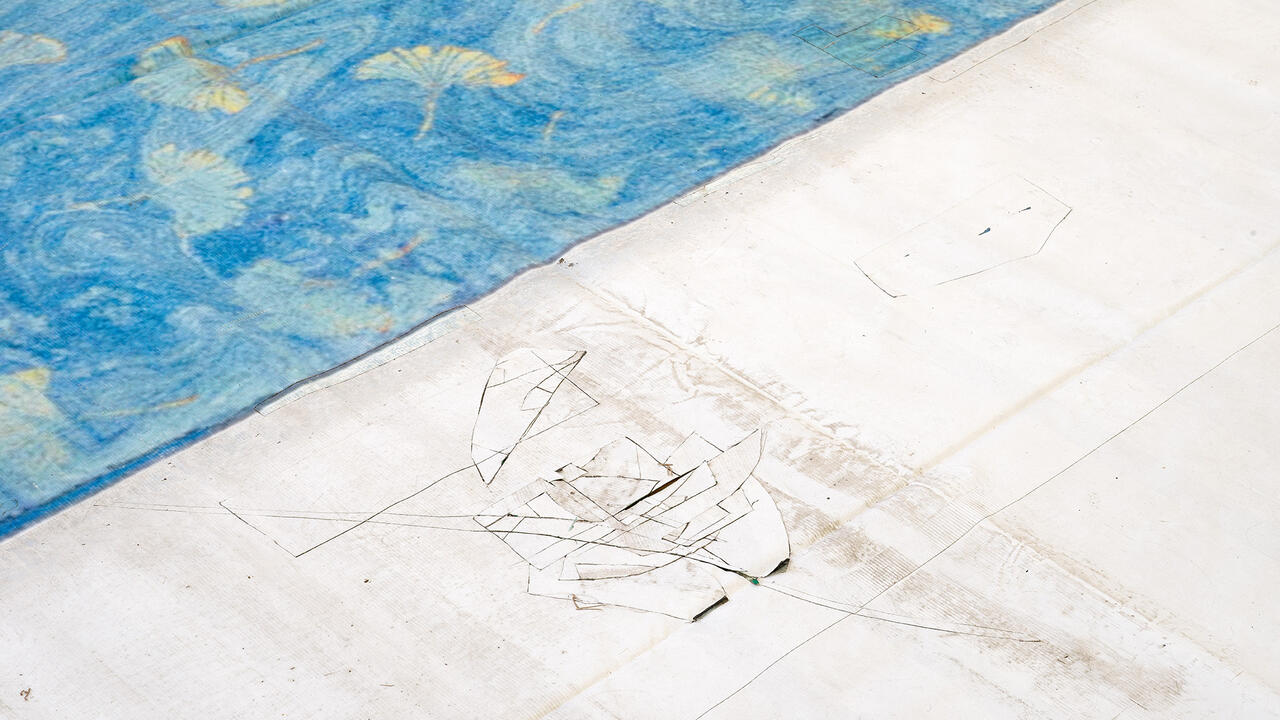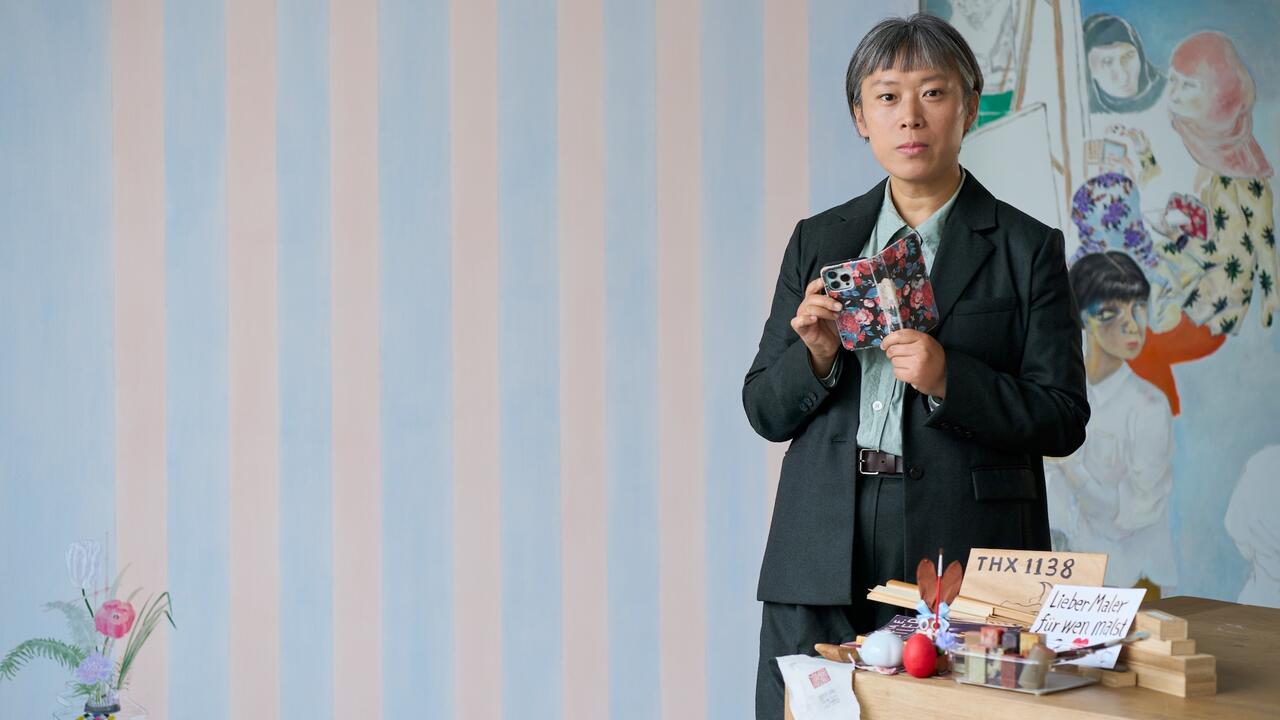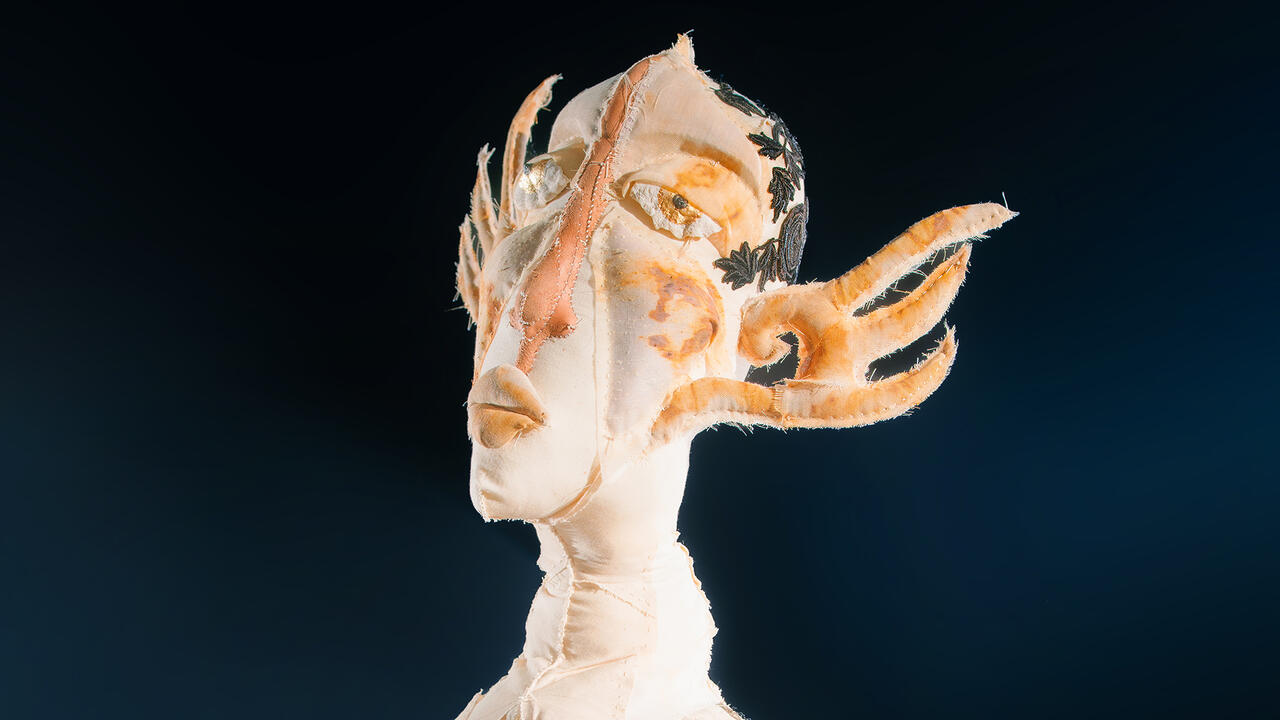Ja’Tovia Gary Breaks Through the Art World with Her Compelling Audio-Visual Portraits
As the artist’s inaugural show at Paula Cooper Gallery opens in New York, Rianna Jade Parker guides us through her filmmaking trajectory
As the artist’s inaugural show at Paula Cooper Gallery opens in New York, Rianna Jade Parker guides us through her filmmaking trajectory

In 2019, Texas-born artist and filmmaker Ja’Tovia Gary perforated the art world after almost a decade of honing her craft at her own pace and pleasure. New audiences were introduced to her experimental films when her six-minute short, An Ecstatic Experience (2015), was included in Hilton Als’s heralded group show ‘God Made My Face: A Collective Portrait of James Baldwin’, at David Zwirner in New York, shortly after which her first solo exhibition, ‘Tactile Cosmologies’ opened at Galerie Frank Elbaz in Paris. Gary’s first feature film, The Giverny Document (Single Channel) (2019), was awarded the Moving Ahead Award at the Locarno Film Festival before being selected for screening at the London Short Film Festival 2020.
I first met Gary in 2015, in the gardens of New York University’s Villa La Pietra in Florence, where we had gathered with artists and scholars for the conference ‘Black Portraiture(s) II: Imaging the Black Body and Re-Staging Histories’. Gary was generous, lively and bright – outshining the Tuscan sun. She introduced me to The New Negress Film Society, a collective of Black women filmmakers who supported each other’s ambitions and progress as directors, hosting restorative, consciousness-raising workshops and private meetings. Gary’s roots in co-operation have bolded her impact and sharpened her focus on the embodied realities of Black womanhood. As her latest film, The Giverny Suite (2020), premieres at the Hammer Museum in Los Angeles, her inaugural show at Paula Cooper Gallery, ‘Flesh that Needs to Be Loved’, opens in New York. The latter includes Gary’s first sculptural installation Precious Memories (2020): a reconstruction of her 1990s living room in Dallas, where her passion for filmmaking began.

Women’s Work (2012)
Whilst still in graduate school, undertaking an MFA in Social Documentary Filmmaking at the School of Visual Arts New York City, Gary navigated the muddy waters of tutorship. Feeling undermined and flattened by her lecturers, she made several interventions to the curriculum, one being Women’s Work (2012), a film that flipped the vérité observational style of documentary filmmaking to insert her voice and engage with her subject, the artist Simone Leigh. Fascinated by Leigh’s art-making process and focus on gendered labour, Gary swoops her camera in on Leigh’s hands as they roll and tuck pieces of clay into miniature roses and cowrie shells. This repetitive object-making, sometimes associated with the global south, is met with prejudices that regulate the work as ‘ethnographic’. The wet clay takes shape in the base of the artist’s palm and through the dexterity of her fingers, alluding to the malleability of Black female subjectivity.

Cakes Da Killa: NO HOMO (2013)
For two people who had only just met, the rapport between Gary and rapper Cakes Da Killa is palpable. The openly gay Cakes, then 22 years old, speaks very comfortably and assertively about his precarious position in hip-hop and queer communities in New York. More of a collaborator than a subject, we follow Cakes to live performances and during quieter times at home. Cakes pushes back when lightly teased by Gary to freestyle and, instead, shares his personal references, from performance artist Leigh Bowery to Japanese New Wave films like Funeral Parade of Roses (1969), in which a gay son murders his mother and sleeps with his father. Gary accommodates the rapper’s sensibilities and opaqueness – at one point, Cakes declares: ‘Not everyone needs to meet you upon meeting you; everyone doesn’t deserve that.’ – whilst painting a compelling, audio-visual portrait for those unfamiliar with his work.

An Ecstatic Experience (2015)
In 2015, as political uprisings spread across the US in reaction to state murder and violence against Black Americans, Gary left her paying job to join the demonstrations. Wishing to capture the enraged energy and revolutionary fervour that was erupting across the US, Gary asked: what would ecstasy look like for me right now? Her Pentecostal preacher lineage informed her idea of the Holy Spirit and the church as a site of resistance and organization for Black Americans. Encouraging viewers to dream of transcending the physical body as a process of restoration, An Ecstatic Experience flashes with clips of a Black theatre chorus singing Julia Ward Howe’s ‘The Battle Hymn of the Republic’ (1861), riot scenes in Ferguson and Baltimore, as well as footage of the late activist and actress Ruby Dee and former Black Liberation Army member Assata Shakur in Cuba, where she sought political asylum following an FBI manhunt. Marking the surface of the filmstock with exaggerated shapes and patterns, Gary adds texture to a story without end. An Ecstatic Experience serves as a time capsule for this collective rage to galvanize future audiences.
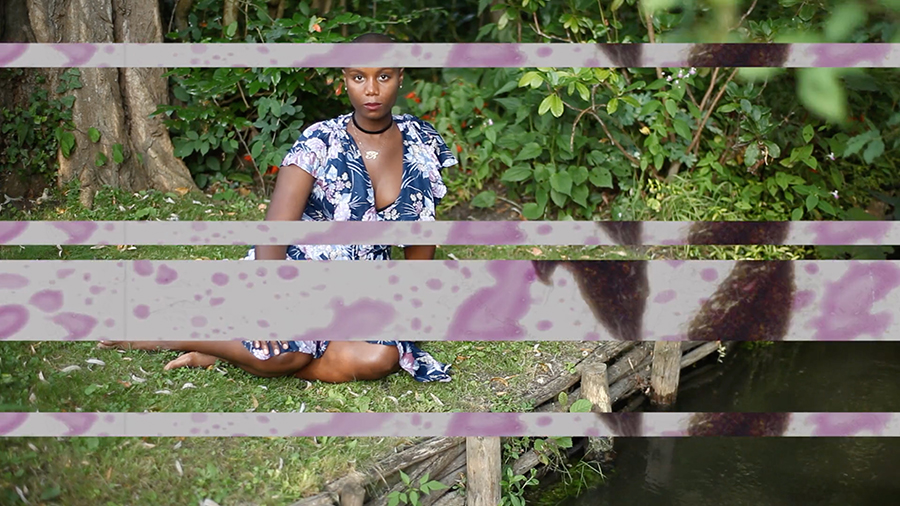
Giverny I (Négresse Impériale) (2017)
As an artist in residence at the Terra Foundation for American Art in Giverny, Gary spent two months living in one of the foundation’s beautiful properties. Yet, aware of the strident – at times lethal – realities of non-white, queer and migrant people unfolding around her, she felt tortured by a double consciousness. In Giverny I, she overlaid direct animation onto footage of herself plucking flowers and idling in the sunshine in Claude Monet’s garden to imprint her psychological reaction onto the filmstrip. Louis Armstrong sings ‘La Vie En Rose’ (1962) throughout, while shots of Gary posing nude in Monet’s garden are intercut with archival footage of the impressionist artist painting en plein air.

The Giverny Document (2019)
Set primarily on location in Harlem, New York, The Giverny Document posits a near future in which Black women articulate the perimeters of their own bodies. With an emphasis on the Black interior life, Gary asks women and girls passing on the street: ‘Do you feel safe?’ Most interesting is the startled pause that immediately shows on their faces as they consider the question, seemingly for the first time. Gary’s investment in archive materials persists, as newly shot scenes are juxtaposed with footage of Nina Simone singing ‘Feelings’ at Montreux Jazz Festival in 1976. Simone’s tonality, intonation and raspiness play a central role in the pace of the film. The effect is swaddling.
Main image: Ja’Tovia Gary, The Giverny Document (Single Channel), 2019, film still. Courtesy: the artist and Paula Cooper Gallery, New York








